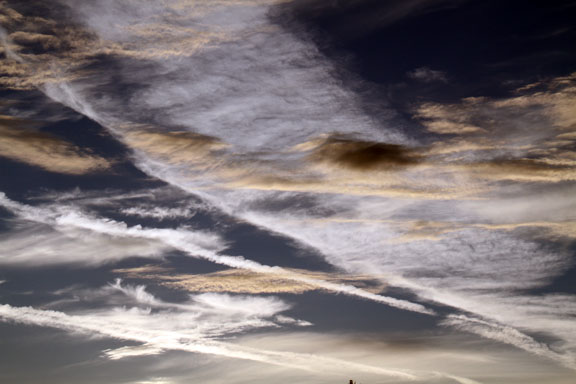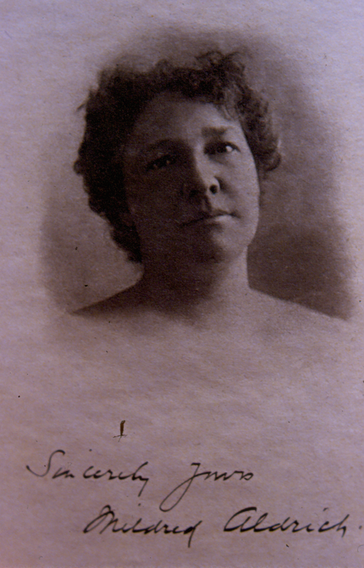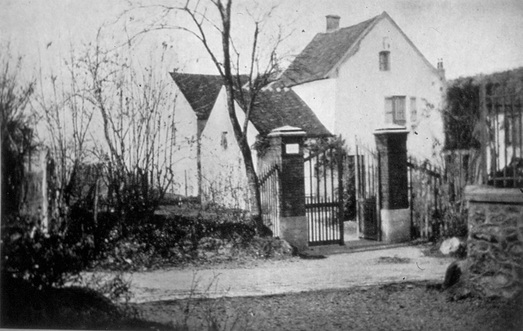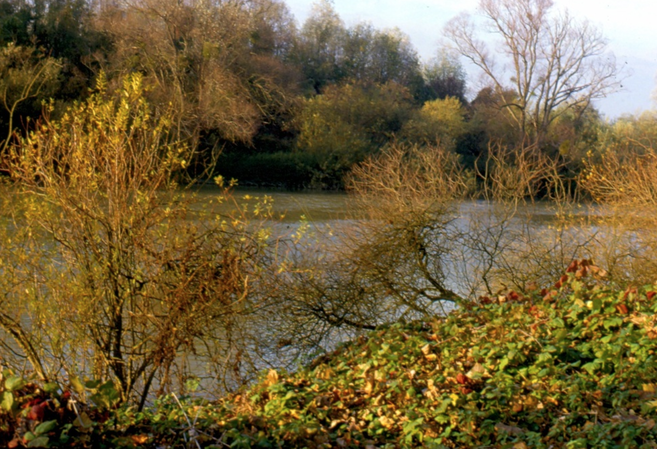The clouds materialized overhead in varieties of shape and color: as multi-faceted as the images in a kaleidoscope, but far more expansive; as startling as the explosions in a fireworks show, but far more long-lasting.
I stood on the deck of my boat, looking one way and then another. This cloud pageant did not simply enhance the horizon beside the setting sun. It extended overhead and away to the opposite horizon. As I beheld this beauty, I thought of the songs and poems that celebrate so many features of America’s grandeur: mountains, forests, and rivers. But I could not think of one that celebrates our clouds.
I thought of the men of the Lewis and Clark Expedition viewing another heavenly exposition. At Fort Mandan during the winter on 1804-05, when the temperatures fell to minus 50 degrees, they watched and discussed the Northern Lights. They were so enchanted that they thought they heard music with the lights.
Last night I could almost hear music in the clouds. Eyes alone could not do justice to the spectacle.
More so than a mountain or even the sea, clouds keep their own council. They do not linger. They form and dissipate and form again. They are not reliable, like Old Faithful. They come as a gift, not as a possession or a reliable tourist destination. They are evanescent.
I think of Henry David Thoreau: “The true harvest of my daily life is somewhat as intangible and indescribably as the tints of morning or evening . It is a star-dust caught, a segment of the rainbow which I have clutched.”
The images that follow show the beauty of the Orcas Island cloud festival of August 27, 2014. But don’t rush to Orcas to see this very display. It was transitory as it was beautiful. I am sorry, but you missed this performance.
If you are fortunate, however, and alert, you may well see a similar cloud festival in a sky-theater near you!
Here is how those clouds looked yesterday evening over the land at Orcas Island:
And here is how they looked overhead:






 RSS Feed
RSS Feed